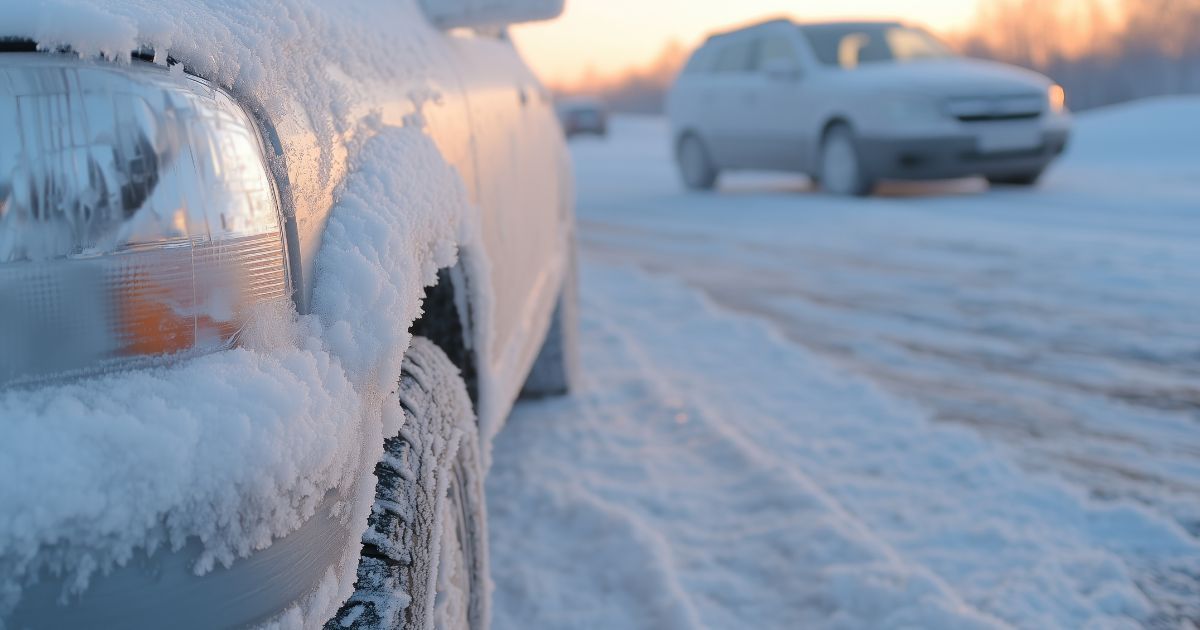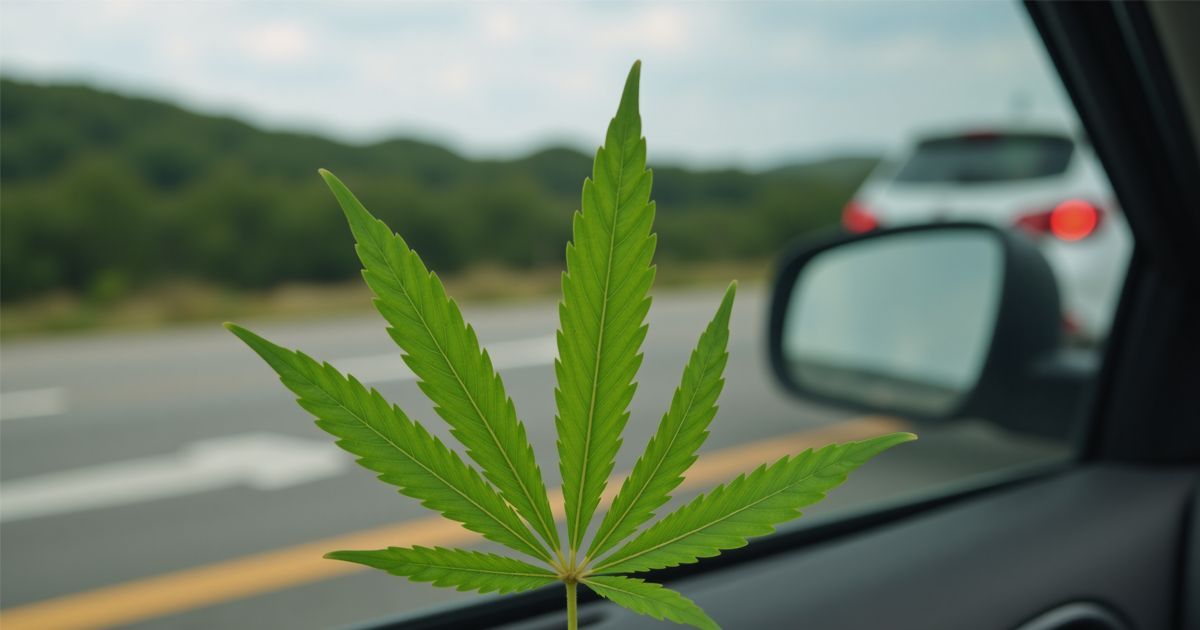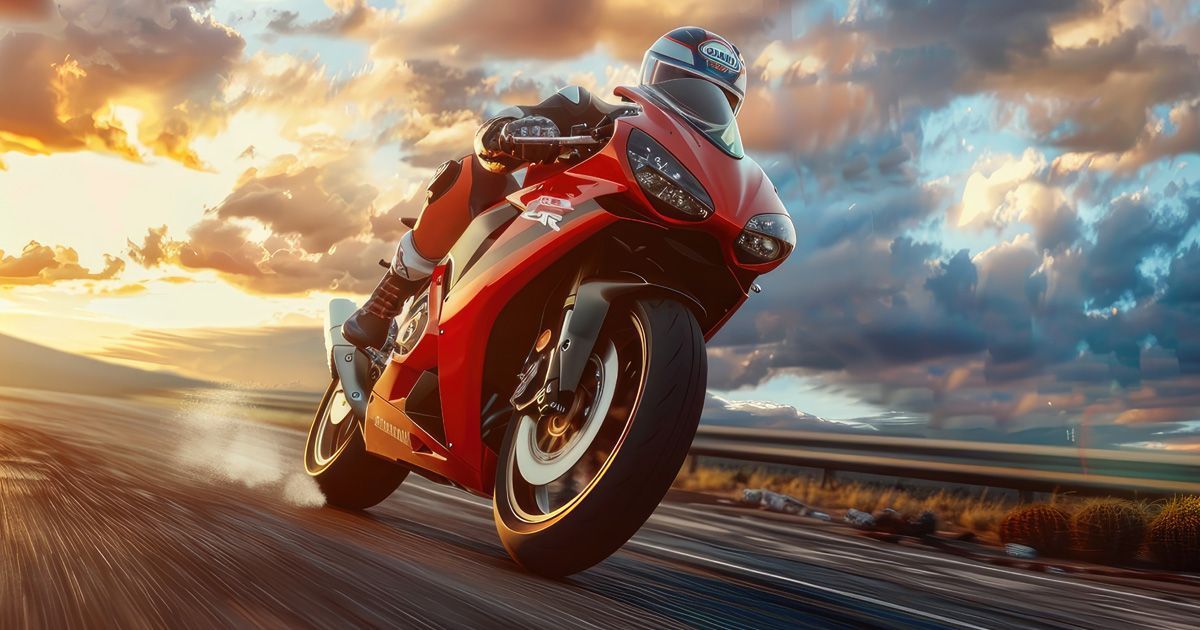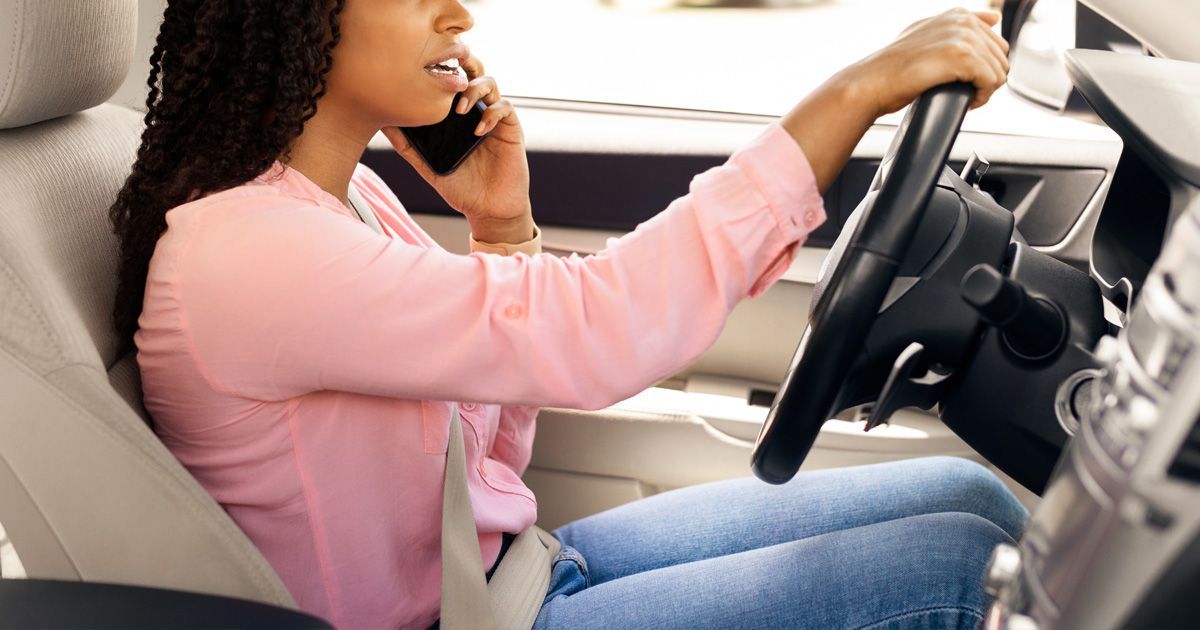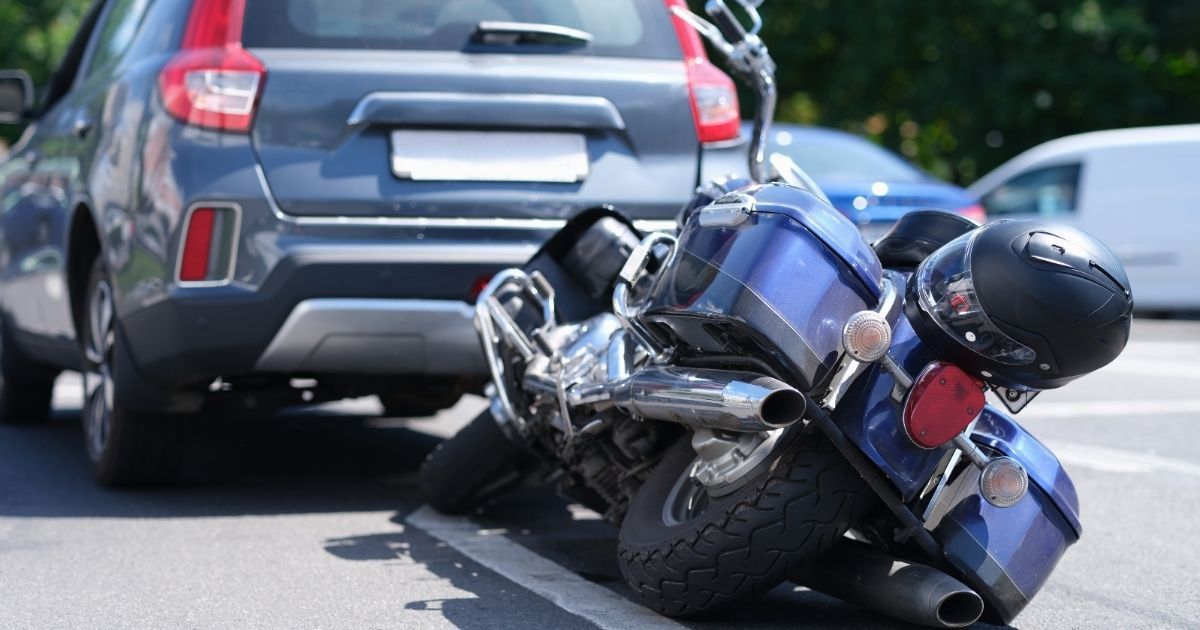Local Risks and Causes of Car Accidents in Massachusetts
Recent Posts
Frequently Asked Questions (FAQ)
What’s the Most Common Cause of Motorcycle Accidents in Massachusetts?
Failure to yield by car drivers, especially during left-hand turns, tops the list, causing nearly 40–50% of multi-vehicle crashes. This aligns with the 1,800–2,000 annual incidents, particularly in busy Norfolk and Bristol counties.
Are Motorcycle Accidents More Deadly in Massachusetts Than Elsewhere?
Yes, somewhat—80% of crashes here result in serious injury or death, higher than the national average (around 60–70%), due to dense traffic and rural road risks. The 450 deaths over 10 years reflect this elevated severity.
How Does Weather Affect Motorcycle Crashes in Massachusetts?
Rain and snow significantly increase crash risk by reducing traction, contributing to the 66% of fatalities on rural roads like those in Plymouth County. Wet weather likely factored into dozens of the 160–180 county deaths since 2015.
Can I Sue If a Pothole Caused My Accident?
Yes, if poor road maintenance caused the crash, you might sue the responsible municipality (e.g., in Plymouth or Bristol counties). You’d need to prove negligence and file within three years, though such cases are tough to win.
Does Not Wearing a Helmet Make Accidents More Common?
No, it doesn’t cause crashes, but Massachusetts’ mandatory helmet law (90% compliance) reduces fatality severity. Non-compliance, rare here, might worsen outcomes, as seen in some of the 24 young rider deaths in 2018.
Why Are Intersections So Dangerous for Motorcyclists?
Intersections combine high traffic, turning vehicles, and visibility issues—41% of serious injuries occur there. In Brockton (Plymouth County) or Quincy (Norfolk County), these factors likely drove many of the decade’s 60–120 fatalities.
Driving in Massachusetts can be challenging due to harsh winter weather, distracted drivers, and high-risk intersections.
What Makes Driving Risky in Massachusetts?
Massachusetts’ diverse landscape, from bustling urban centers to quiet rural areas, creates varied driving risks. Harsh winters bring snow and ice, while high-traffic zones near Boston increase accident likelihood. Environmental hazards, driver behavior, and road design contribute to crashes, with risks differing by town and time of day. Using Massachusetts Department of Transportation (MassDOT) data, we highlight key factors to help drivers stay vigilant.
What Are Driving Hazards in Each Season?
Each season demands specific precautions, like adjusting speed, maintaining vehicle condition, and staying alert for changing conditions. Here’s a brief list of driving hazards in Massachusetts by season:
Spring Driving Hazards
- Rain and wet roads increase the risk of hydroplaning and reduced visibility.
- Potholes formed from winter freeze-thaw cycles, damages tires and suspension.
- Pedestrians and cyclists are more active as weather warms, requiring extra caution.
Driving Safety Tip for Spring
- Slow down on wet roads to avoid hydroplaning.
- Watch for potholes; report hazards to local authorities.
- Yield to pedestrians and cyclists in residential areas.
- Keep windshield wipers in good condition.
Summer Driving Hazards
- Plan routes to avoid peak tourist traffic times.
- Stay alert in construction zones; obey reduced speed limits.
- Check tire pressure and coolant levels to prevent heat-related issues.
- Carry water and emergency supplies for long trips.
Driving Safety Tip for Summer
- Slow down on wet roads to avoid hydroplaning.
- Watch for potholes; report hazards to local authorities.
- Yield to pedestrians and cyclists in residential areas.
- Keep windshield wipers in good condition.
Fall Driving Hazards
- Falling leaves cause slick roads when wet, obscuring lane markings and hazards.
- Buses and student pedestrian traffic increase, especially mornings and afternoons.
- There is reduced visibility during evening commutes due to early sunsets.
Driving Safety Tip for Fall
- Clear leaves from windshield and wiper blades for visibility.
- Watch for school buses and children near schools.
- Use headlights during early dusk or foggy conditions.
- Maintain safe following distance on potentially slick roads.
Winter Driving Hazards
- Snow and ice cause slippery roads, black ice, and reduced traction, especially in western MA.
- Blizzards, snow squalls, and fog limit sightlines and reduce visibility while driving
- Salt and sand can damage vehicles and create uneven road surfaces.
Driving Safety Tip for Winter
- Equip vehicle with winter tires for better traction.
- Clear all snow and ice from windows, lights, and roof.
- Drive slowly and increase following distance on icy roads.
- Keep an emergency kit with blankets, food, and a flashlight.
How Does Distracted Driving Contribute to Accidents?
Distracted driving, a top cause of crashes per the National Highway Traffic Safety Administration (NHTSA), leads to thousands of accidents yearly in Massachusetts. Common distractions include:
- Mobile phone use, texting or scrolling on social media is a major issue during rush hours
- Eating or drinking, consuming food or drinks while driving is frequent in commuter-heavy towns
- Adjusting navigation or music, tweaking GPS or radio controls
- Daydreaming or fatigue, losing focus due to tiredness is risky on long drives
These distractions cause rear-end collisions, lane departures, or signal violations, especially at busy intersections.
How to prevent accidents due to distracting driving:
- Stow phones or use hands-free options during peak hours
- Set up routes, music, or GPS before driving
- Take breaks on long trips to stay alert
- Watch for distracted drivers and give extra space
Where Are High-Accident Areas and Intersections?
High-traffic volumes, poor visibility, and complex road designs make certain Massachusetts intersections accident hotspots. MassDOT data highlights dangerous intersections in select towns, with general caution advised elsewhere due to limited specific data:
Brockton
Known for 19 dangerous intersections, including Pleasant Street & West Street, Ash Street & West Elm Street, and Plymouth Street & Centre Street, where 52 crashes were reported, driven by heavy traffic and complex layouts.
Milton
Rush hour dangers are prominent at Randolph Avenue & Chickatawbut Road and Granite Ave & Expressway, with high crash rates due to congestion and poor visibility during peak times.
Quincy
Multiple high-crash points include Southern Artery & Broad Street and Honorable Thomas S. Burgin Parkway & Walter J. Hannon Parkway, where heavy traffic and pedestrian activity increase risks.
Framingham
Worcester Road is a high-crash area, while Routes 135 & 126 saw 90 crashes in 2010, prompting a $120 million bridge plan to address persistent traffic and safety issues.
Weymouth
Main Street & Middle Street and Routes 3 & 18 are among the deadliest intersections, with high traffic volumes and confusing designs contributing to frequent collisions.
Natick
Dangerous intersections include Route 9 & Speen Street, High Street (connecting Route 135, Pond Street, and Curve Street), and the intersection of Marion Street & Union Street, driven by commuter traffic and complex road configurations.
When Are Roads Most Dangerous?
Time of day impacts safety, with risks varying by town and traffic patterns:
- Rush Hours Morning (7-9 AM) and late afternoon (4-6 PM) commutes increase crash risks due to congestion in Framingham, Natick, and Quincy.
- Nighttime Driving Reduced visibility and fatigue heighten dangers in rural Mendon and Upton or urban Brockton and Taunton.
How Do Local Events Increase Traffic Accident Risks?
Local events in Massachusetts, such as festivals, sports games, and holiday celebrations, significantly increase traffic, leading to higher accident risks. These events draw crowds, congest roads, and sometimes involve alcohol consumption, amplifying dangers in towns hosting or near event venues. Examples include:
- Patriots Games in Foxborough (Gillette Stadium): Game days cause heavy traffic on Route 1, with tailgating and post-game celebrations raising risks of distracted or impaired driving. Intersections like Route 1 & North Street see spikes in crashes.
- Hopkinton Marathon Start (Boston Marathon): The marathon’s starting point clogs roads like Route 135, increasing collision risks at intersections like Main Street & West Main Street, especially with pedestrian and vehicle congestion.
- Franklin’s Harvest Festival: This fall event draws crowds to downtown Franklin, congesting Dean Avenue and Main Street, where intersections like Main Street & Emmons Street become accident-prone due to distracted drivers and pedestrians.
- Taunton’s Lights On Festival: Holiday festivities increase traffic on Route 44, with intersections like Winthrop Street & High Street seeing more crashes due to congestion and nighttime driving.
- Mansfield’s Concerts at Xfinity Center: Summer concerts cause traffic surges on Route 140, with intersections like Route 140 & Forbes Boulevard at risk due to heavy volumes and impaired driving post-event.
These events, often held in warmer months or holiday seasons, exacerbate risks when combined with winter hazards or rush-hour traffic. Safety Tips for Events:
- Plan alternate routes to avoid event-related congestion in Foxborough or Hopkinton.
- Stay extra cautious at intersections near event venues, like those in Franklin or Taunton.
- Avoid driving after consuming alcohol at events, especially in Mansfield or Brockton, where post-event nightlife increases impaired driving risks.
- Check event schedules and traffic updates via Mass511 to prepare for delays in Quincy or Framingham.
What Legal Steps Should You Take After an Accident?
Accidents happen despite precautions, especially during high-traffic events or hazardous conditions. Knowing your rights is crucial. At Jason Ranallo Law, we help victims of winter crashes, distracted driving incidents, intersection collisions, or event-related accidents navigate claims to secure fair compensation. Contact us for a free consultation to protect your interests.
Understanding winter hazards, distracted driving, high-risk intersections, and event-driven traffic risks in Massachusetts empowers drivers to stay safe. Adjusting for weather, distractions, peak times, and events like Patriots games or festivals in towns like Foxborough, Hopkinton, or Franklin can prevent crashes. If an accident occurs, legal support from Jason Ranallo Law ensures fair compensation. Stay vigilant and contact us to safeguard your rights on the road.

